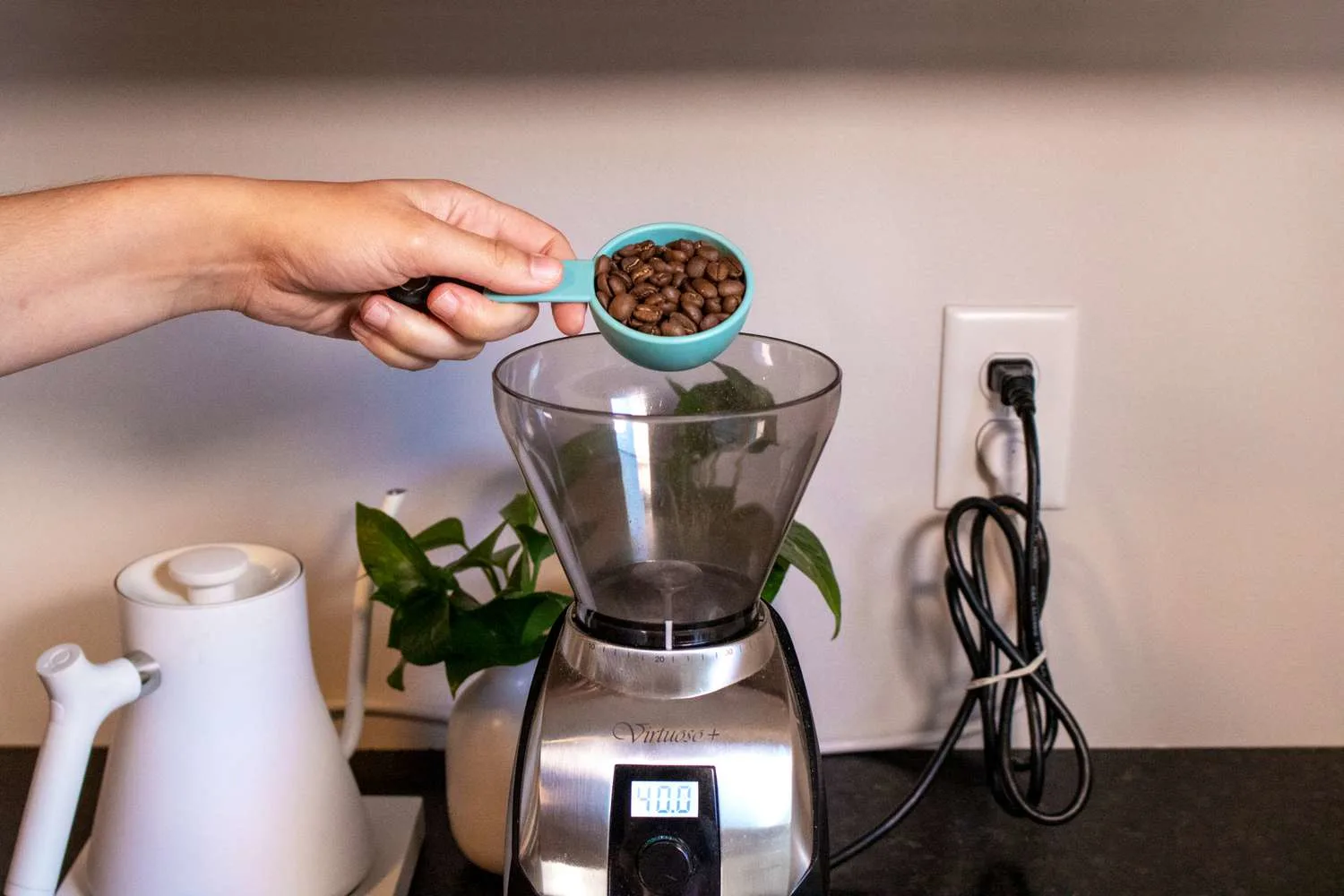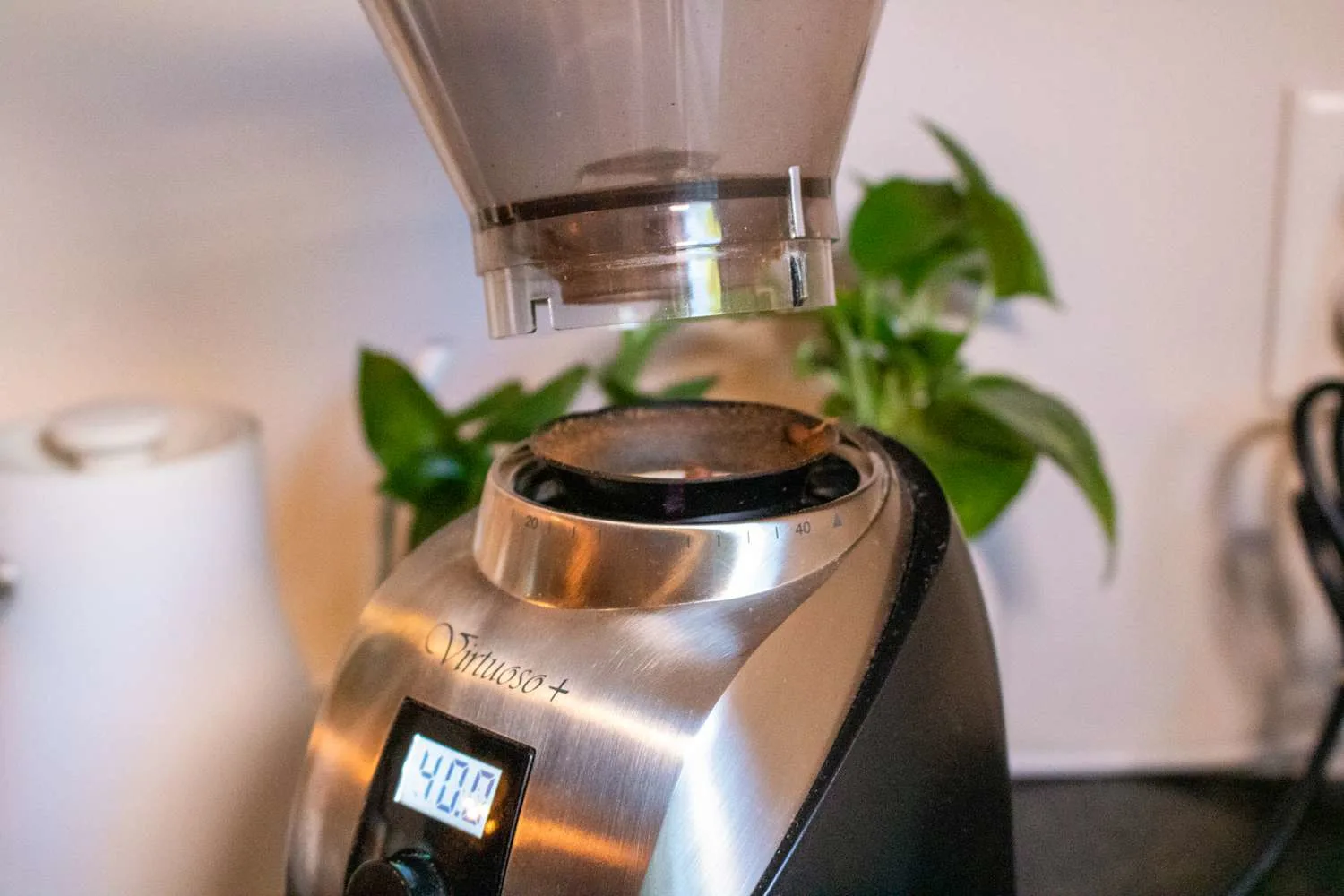Reusable coffee filters, whether made from stainless steel mesh, cloth, or plastic, have become increasingly popular due to their environmental benefits and cost-effectiveness.
However, to ensure the continued performance of these filters and to preserve the quality and taste of brewed coffee, it is essential to clean them regularly. While vinegar is commonly recommended as a natural descaling and cleaning agent, some individuals prefer to avoid its strong odor or potential impact on certain filter materials.
Fortunately, there are several effective alternatives for cleaning a reusable coffee filter without using vinegar. This article outlines various methods, categorized by cleaning frequency and filter type, and supported by practical guidance drawn from authoritative sources.
Routine Cleaning After Daily Use
The most important habit for maintaining a reusable coffee filter is rinsing and drying it immediately after each use. Coffee oils and fine grounds can build up quickly, which not only affects the flavor of future brews but can also contribute to bacterial or mold growth over time.
To perform routine cleaning:
- Remove Used Grounds: Immediately after brewing, tap the filter over a compost bin or trash receptacle to remove the bulk of the used coffee grounds. Use a soft-bristled brush to dislodge any particles stuck in the mesh or fibers.
- Rinse with Warm Water: Hold the filter under a stream of warm water. Rinse both sides thoroughly, making sure to remove any residual coffee oils or particles trapped in the mesh.
- Air Dry Completely: After rinsing, shake off excess water and leave the filter in a well-ventilated area to dry completely. Avoid enclosing a damp filter in a cabinet or drawer, as this can create an environment conducive to mold growth.
Although this basic maintenance is sufficient for short-term upkeep, deeper cleaning is necessary on a weekly or biweekly basis, depending on frequency of use and the type of coffee brewed.

Deep Cleaning Methods Without Vinegar
For more thorough cleaning, especially when dealing with oil buildup or persistent stains, several effective alternatives to vinegar are available. These methods vary slightly based on the filter’s material (metal, cloth, or plastic) but generally adhere to the same core principles: degreasing, scrubbing without abrasion, and complete drying.
1. Baking Soda and Hot Water Solution
Baking soda, or sodium bicarbonate, is a mild alkali that dissolves dirt and grease effectively. It is non-toxic, inexpensive, and safe for use on most coffee filter materials, although caution is advised for aluminum filters, which can discolor or degrade when exposed to alkaline substances.
Procedure:
- Fill a basin or bowl with hot water and dissolve one to two tablespoons of baking soda.
- Submerge the filter in the solution and let it soak for 15 to 30 minutes.
- After soaking, use a soft brush or non-abrasive sponge to scrub the filter gently, paying particular attention to areas where oils tend to accumulate.
- Rinse the filter thoroughly with warm water to remove all baking soda residue.
- Air dry completely before reuse or storage.
Baking soda is especially effective for metal mesh filters, which can trap fine particles and oils over time.
2. Lemon Juice Cleaning Solution
Lemon juice, rich in citric acid, is another natural alternative that provides effective degreasing and deodorizing properties. Unlike vinegar, it leaves a more pleasant scent and poses less risk of lingering acidity in the filter.
Procedure:
- Mix equal parts lemon juice and warm water in a bowl or sink.
- Place the reusable filter in the solution and allow it to soak for 10 to 20 minutes.
- Use a soft brush or cloth to remove stubborn residues.
- Rinse the filter thoroughly under running water.
- Allow the filter to dry completely in open air.
This method is suitable for both metal and cloth filters, and it helps to neutralize any unpleasant odors caused by stale coffee oils.
Mercury Retrograde 2025: What to Expect and How to Navigate It.
3. Dish Soap and Hot Water
For users who prefer conventional cleaning products, a mild, unscented dish soap can be used to break down coffee oils and residues. This method is widely applicable across all filter types.
Procedure:
- Add a small amount of mild dish soap to a basin of hot water.
- Agitate the water to create suds, then submerge the filter.
- Let the filter soak for approximately 15 minutes.
- Scrub gently with a soft brush or cloth to dislodge any particles.
- Rinse thoroughly to ensure all soap residues are removed.
- Leave the filter to air dry fully before the next use.
When using dish soap, it is imperative to rinse thoroughly. Any remaining detergent can affect the taste of future brews and compromise the filter material over time.

Cleaning Cloth Filters Without Vinegar
Cloth coffee filters, often made from organic cotton or hemp, require specific care to avoid mold, off-odors, or deterioration of the material. These filters can absorb both water and oils more readily than their metal or plastic counterparts.
In addition to the methods above, cloth filters can benefit from occasional boiling:
Boiling Method:
- Bring a pot of water to a rolling boil.
- Submerge the cloth filter and allow it to boil for 5 to 10 minutes.
- Carefully remove the filter using tongs and let it dry completely in a well-ventilated area.
Boiling can help remove deeply embedded oils and prevent microbial growth, especially if the filter has not been used for several days.
Storage Recommendations
After cleaning, storage practices are also crucial to maintaining the hygiene and longevity of a reusable coffee filter. For long-term storage, particularly in humid environments, consider the following:
- Ensure the filter is completely dry before storing.
- Store in an open, dry location to promote air circulation.
- Alternatively, store the dry filter in a freezer to inhibit bacterial and mold growth. This is particularly beneficial for cloth filters, which are more susceptible to microbial contamination.
AI Doll Trend: How to Create Barbie-Like Dolls Using ChatGPT Prompts.
Conclusion
Although vinegar is a commonly cited cleaning agent for coffee equipment, there are several effective and accessible alternatives for cleaning reusable coffee filters without it. Routine rinsing, combined with periodic deep cleaning using baking soda, lemon juice, or dish soap, can maintain the performance and hygiene of a reusable filter.
By incorporating these practices into regular maintenance, users can extend the lifespan of their filters, ensure optimal flavor in their coffee, and reduce reliance on harsh or odorous chemical agents.



